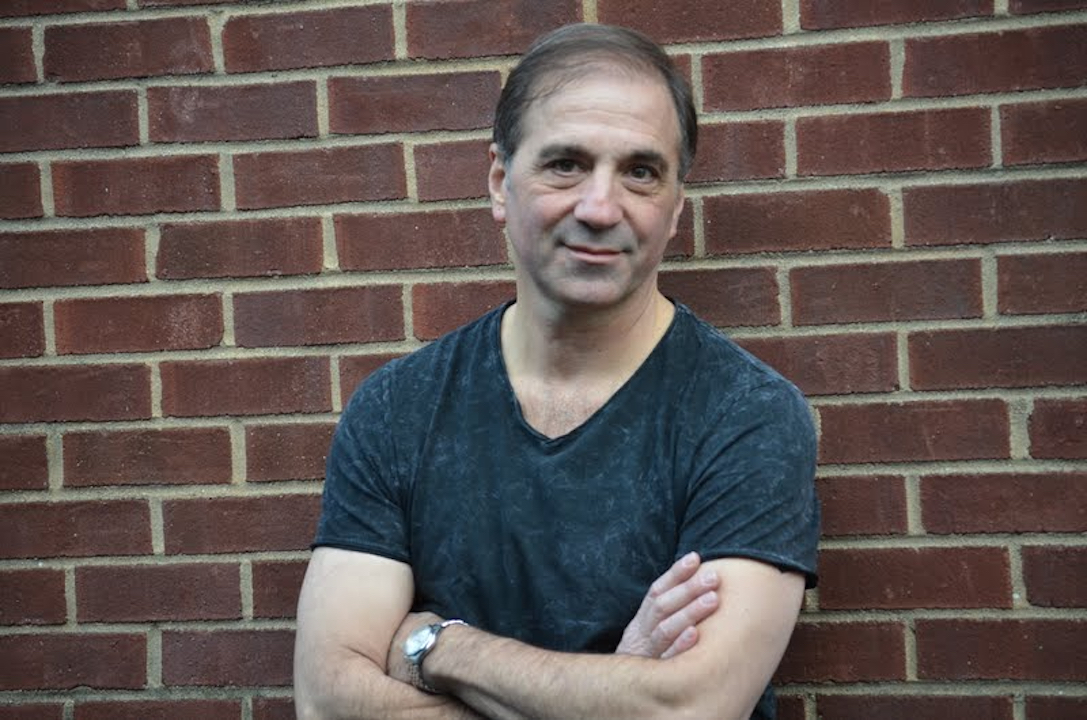More on Jazz Dance in Russia
23/03/17 11:20
I posted some thoughts on teaching jazz dance in Russia, and I thought I should add some clarification. I called our American dancers on to the carpet a bit for some less-focused class attitude than a teacher would like to see. Of course there are top American dancers who are on the ball, hard working, and always attentive in the class. Just last night I taught three master classes at the Loudoun School of Ballet in Leesburg, Virginia, to dancers ages 10-16, and they were wonderful - attentive, hard working, smiling, and learning.
The difference between the American and Russian systems is more of the reason why dance is even pursued. In the Eifman Academy, the school exists solely to make dancers for the company and for other professional venues. Its all about making a professional dancer, and its organized from a "top down" mentality. The directors create a program to create professional dancers. That is why the entire organization exits. No recreational dancers here.
Meanwhile, in much of American dance, the studios are independently owned businesses, and the parent (i.e. consumer) purchases the dance experience for their child. Although the studio wants to create the highest level of achievement, it's really the desires of the parent/student/consumer that drives the process. Pleasing the student/parent is high in importance, rather than honoring a tradition of a path to professionalism. So, students in American schools may be taking more for recreation than expectations of a professional career. In fact, many parents spend large sums of money to provide a dance experience for their child, with the result that they achieve excellent skills, but still with the expectation that they will enroll in college and find a different path in life - a non-dancing path.
So maybe therein lies the biggest philosophical difference - the dedication to a tradition and to professionalism as the reason for existence, as opposed to a strong love for dance but still being organized as a business that relies on consumer payments for financial existence.
Just thought I'd add this in!
The difference between the American and Russian systems is more of the reason why dance is even pursued. In the Eifman Academy, the school exists solely to make dancers for the company and for other professional venues. Its all about making a professional dancer, and its organized from a "top down" mentality. The directors create a program to create professional dancers. That is why the entire organization exits. No recreational dancers here.
Meanwhile, in much of American dance, the studios are independently owned businesses, and the parent (i.e. consumer) purchases the dance experience for their child. Although the studio wants to create the highest level of achievement, it's really the desires of the parent/student/consumer that drives the process. Pleasing the student/parent is high in importance, rather than honoring a tradition of a path to professionalism. So, students in American schools may be taking more for recreation than expectations of a professional career. In fact, many parents spend large sums of money to provide a dance experience for their child, with the result that they achieve excellent skills, but still with the expectation that they will enroll in college and find a different path in life - a non-dancing path.
So maybe therein lies the biggest philosophical difference - the dedication to a tradition and to professionalism as the reason for existence, as opposed to a strong love for dance but still being organized as a business that relies on consumer payments for financial existence.
Just thought I'd add this in!
